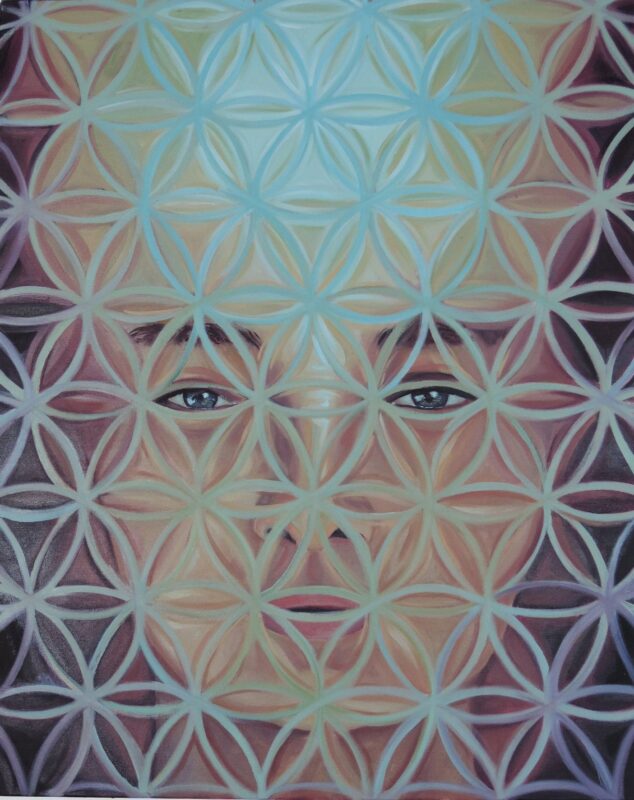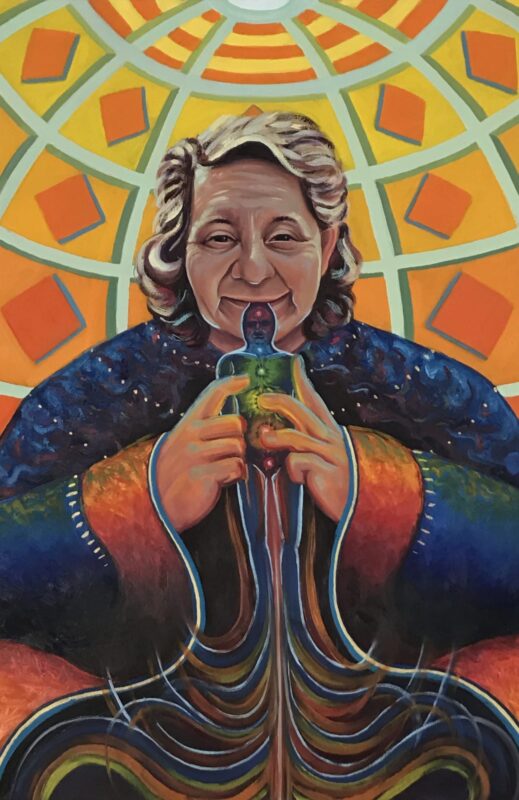Mindfulness is the psychological process of bringing attention to the experience at the present moment. There is a variety of practices, one of the most noteworthy exercises to develop this process is meditation. Mindfulness is utilized commonly to increase awareness, calm state, ability to analyze, self - knowledge and decrease anxiety states.
“Breathing is the self; without it life does not exist. Yet, paradoxically, life resides in the silence, the brief pause between inspiration and expiration. With this pause the healthy person returns over and over to his original being and rests anew in his self. This pause is a core, a center of power, a source that nourishes and sustains. I shall call it the unconscious, spiritual self. To find one´s true “Self” is to be able to return to this original state, to return to the promising silence.”
Lillemor Johnsen, Integrated Respiration Theory / Therapy
In mindfulness practices we need just to breath and focus our mind at the present moment, forget the words, and look at our sensations. We are in a right brain mode, without verbal communication, timeless, more corporal experience. We can perceive details and also the Gestalt or the whole. In a mindful state, we are present, we become aware of life around us and within us, we experience divinity. Creation is linked to this state. But you can think, how is it related to making art?
First of all, I would like to talk about some concepts. As a bodyworker and visual artist, I am interested in somatic education and image creation. Somatics is the field that studies the soma. Soma is a word to name the body as perceived from within by first-person perception. It is a way of looking at our body from within, a sensory mode that provides unique data (Hanna,1988).
Through mindful practices, we use this sensory mode of perception. Consequently, from our organism, a “somatic image” emerges. This image is different from another kind coming from our exterior. It is a powerful tool that comes from our depths, from that magical black mirror that we have, as Hermann Hesse named it, the unconscious. It has information about us, about life, it helps to unify mind and body (Keleman, 1999).
The somatic image is like an “aha” moment. Through it, the truth is revealed to us. After this experience is the time to create. We need to express or materialize that image by performing, drawing, painting, writing, sculpting, etc. In this situation, creation is not an obligation that comes from the experience, creation is a consequence. It helps us to prove all new knowledge in the real world and to confirm our connection with nature.
Wilhelm Reich said, “No great poet or writer, no great thinker or artist has ever escaped from this deep and ultimate awareness of being somehow and somewhere rooted in nature at large. And in true religion this was always felt” (Reich, 1973).
All religions have sacred art, some of that art came from different experiences and from mindful practices. The purpose of that art is to express the knowledge that is considered important to mankind. There is no need to be part of one specific religion to have these kinds of experiences, because we just need to practice mindfulness. Creation could be a way to help the individual and the collective to understand or to “see” our reality. That creation emerged from one person and could become part of the outer world, transcending the individual’s time and space to help others to generate new knowledge. Therefore, we can evolve through mindful practices and art, making conscious art.
In my experience, I meditate by breathing or mantralization exercises. I can also reach this state when I give a bodywork session. In that silence, I often have as a result some images that help me in my bodywork session or in a personal way. When that happens, I need to paint it on canvas. This is my way to express, assimilate, and understand it.
I support Ken Wilber’s integral vision and Alex Grey’s conscious art approach. In this sense, each creation is an imprint that can impact the observer. There is a cycle where a somatic image helps us to create an artistic act, that act could become in a new image for observer no matter if it is poetry, performance, sculpture, or declamation. The relevant part of art is to create an image, an impression to communicate with others, because our brain understands the language of images. Our civilization has developed through images, named art. Image is a great tool to develop awareness, and if we have the intention to do so, its power becomes greater (Wilber, 1986; Grey, 1998; Paz, 1956).
Mindfulness is like admiring the seashore; at the beginning, the waves remove the sand with their strength, and it is difficult to recognize what is in the water. If you stay still looking, you can watch how the sand goes to the bottom and a clear image appears. Maybe we have a mess and we do not know how to distinct all the things that are happening or how to react to it. But if you stay still and focus your mind, you can let the mess go to the bottom of the picture and a new image could be formed in the canvas.
There is no need to have a mess in your life to practice mindfulness. Also, if you keep practicing, you can enter the seashore and immerse yourself in new depths where creativity will manifest itself for sure.
Written by Inti Garcia Visual Artist
Email: arteintigarcia@gmail.com
Instagram: @inti_garcia_art
Facebook: https://www.facebook.com/intilustracion
Tags
Art / awareness / consciousness / images / meditation / mindfulness / Painting / visionary art / Welum
Art / awareness / consciousness / images / meditation / mindfulness / Painting / visionary art / Welum



